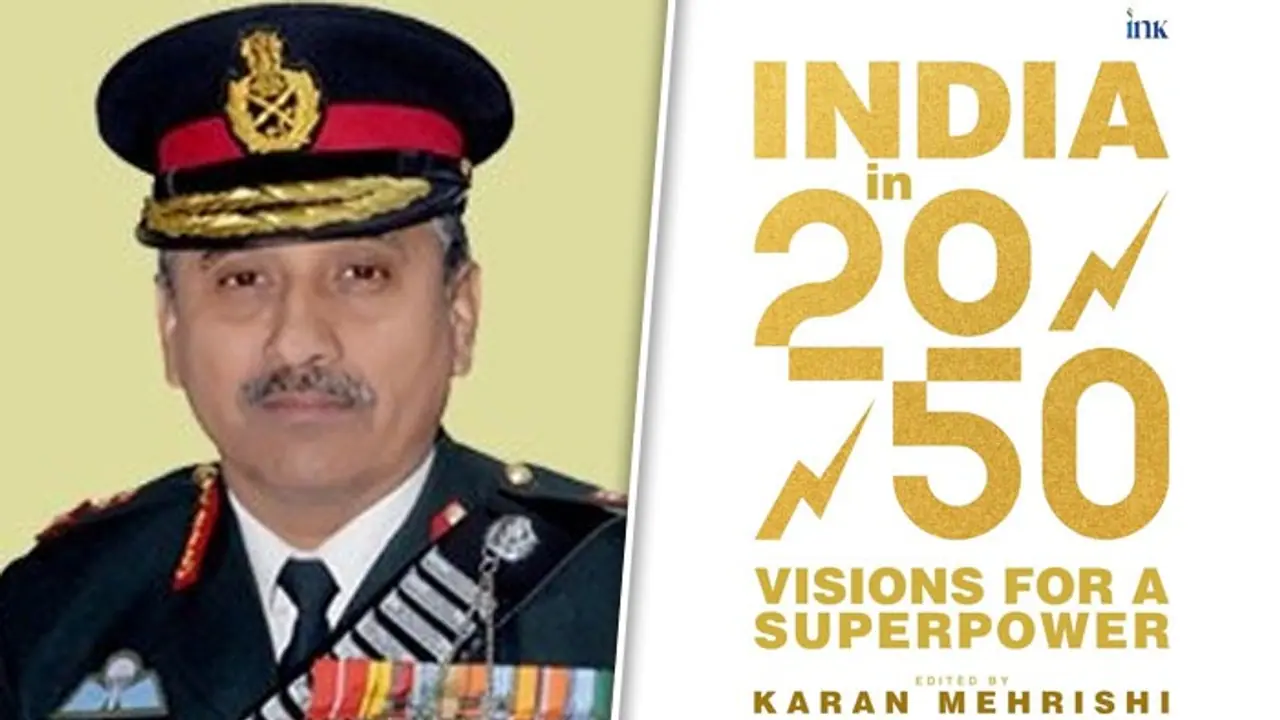Writing on ‘The Indian Armed Forces in 2047: A Credible Instrument’, he states in his new book – India in 2050: Visions for a Super Power – that “the country’s armed forces and other elements of national power will be shaped to facilitate national vision and safeguard its security interests”.
New Delhi: Envisioning the future possibilities, Lt Gen Arun Sahni (R) argues that the “military diplomacy will be a new area for the armed forces to explore”. He also argued that the Indian armed forces may have to prepare for “offensive employment for out of area contingencies”.

Writing on ‘The Indian Armed Forces in 2047: A Credible Instrument’, he states in his new book – India in 2050: Visions for a Super Power – that “the country’s armed forces and other elements of national power will be shaped to facilitate national vision and safeguard its security interests”.
“This would necessitate a synergised military force that can be offensively employed either to protect territorial interests or for overseas engagement,” added Sahni.
The military veteran also asserted that “the armed forces would have been restructured into joint theatre commands and placed under the Comprehensive Defence Strategy. At that stage, the service chiefs would be responsible for the foundation pillars of their respective service, that is raise, train, and sustain.”
Stating that the armed forces will need to work in close partnerships with other countries, Sahni in his vision for 2050 said: “Promoting interoperability with partnership countries will be a special area of focus. Ensuring real-time intelligence/information from groupings such as Five Eyes and other similar initiative will be a priority.”
Five Eyes currently consists of the intelligence sharing network among the US, the UK, Canada, Australia, and New Zealand.
“As India’s regional and global outreach increases, military diplomacy will be a new area for the armed forces to explore. To address these multiple new dimensions, internal restructuring would have to be carried out within the organization at various strategic and operational levels,” he stated.
The military veteran also advocated that the National Security Advisor may have to oversee “suitable modulations in the nation’s higher defence organization due to changed dispensations in the command-and-control functioning within the armed forces”.
In his book, he also underlined that the “effective oversight and coordination amongst multiple agencies responsible for security will continue to be a key function of the National Security Council Secretariat (NSCS)”.
Suggesting the roadmap for the force restructuring, the former Indian Army officer stated that “the technological-modernization edge will require equipment profile in the ratio of 30:40:30”. “It means the service-specific inventory will comprise 30 per cent advanced systems, 40 per cent current generation equipment, and 30 per cent platforms that are nearing obsolescence.”
The military veteran also asserted that the armed forces may have to work out flexible wings to carry out special tasks.
“In keeping with the enhanced role of India in the mid-twenty-first-century, the armed forces may have to have built-in organisational flexibility to constitute a special grouping of forces for offensive/ ‘out of India employment’. Towards this, the army will have dual-tasked formations that are trained and equipped for undertaking amphibious and airborne operations,” he added.
